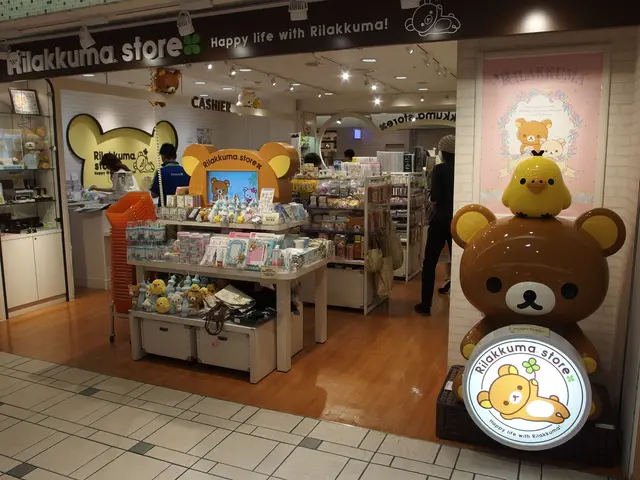Discover the steps to become part of a neighborhood garden in Japan
Tokyo Community Gardens: A Kunitachi Perspective
Ever since relocating to Tokyo, I've yearned for the chance to cultivate my beloved vegetables. Living in a cramped, three-story apartment means I can only grow herbs on my balcony. But that all changed this year! Some pals invited me to join them in renting a plot in a nearby community garden—a dream come true!
Gardening helps me unwind, connect with nature, and brush up on practical skills. Plus, there's nothing quite like munching on produce fresh from the earth. My homegrown veggies are far tastier and crisper than supermarket alternatives.
With climate change casting a shadow over our world, urban gardening has seen a comeback. It's an eco-friendly lifestyle choice that's reclaiming essential skills once considered common knowledge. Community gardens, or allotments, are perfect for those with little space at home.
My Community Garden Experience
The garden in question sits on a tiny farm in Kunitachi, a town west of Tokyo. The farmer has gracefully divided the land into roughly 40 separate areas. My family and two other families share a plot—a setup that distributes workload and share proceedings. It's a win-win!
As summer approaches, veggies ripen rapidly, necessitating visits at least twice a week. But when the seasons change, the chores dwindle, and we may only need to visit two or three times a month. Currently, we're preparing to harvest beans, radishes, eggplants, onions, potatoes, lettuce, capsicum, cucumber, and tomatoes (with corn Soon™). Sharing the produce means our weekly harvest replaces around half our grocery veggies.
Garden Access
Members can pop by at any hour of the day, making it easy to garden when it suits you. I'm a morning person, so I often roll up my sleeves early or catch up in the late afternoon, when the garden is peacefully quiet.
Plot Size and Pricing
A standard plot measures around 20 square meters[1]. The annual fee amounts to ¥40,000[1], which encompasses gardening tools, seeds, and lets you keep all the produce you nurture.
Community and Activities
The garden also has larger areas dedicated to communal crops like rice, potatoes, and onions. Monthly meet-ups are arranged for members to cultivate or harvest these jointly, with the yield shared among everyone. Fostering a sense of camaraderie, these gatherings offer opportunities for learning and sharing tips.
Beginner-Friendly
The garden welcomes beginners, particularly when joining in a group or sharing a plot. The pooled workload and collective resources (such as tools, seeds, and advice) make the transition into green-thumbed glory less intimidating.
References:[1] Savvy Tokyo. (2021). How to get involved with community gardens in Tokyo. Retrieved from https://savvytokyo.com/2019/05/community-gardens/
- The community garden I joined is located in Kunitachi, a town west of Tokyo, on a small farm, partitioned into approximately 40 separate plots.
- Among the vegetables we are preparing to harvest are beans, radishes, eggplants, onions, potatoes, lettuce, capsicum, cucumber, tomatoes, and soon, corn.
- Sharing the produce from our garden allows our weekly harvest to replace around half of our grocery vegetables.
- The garden also has larger communal areas for crops like rice, potatoes, and onions, with monthly meet-ups for members to cultivate or harvest these jointly and share the yields.








